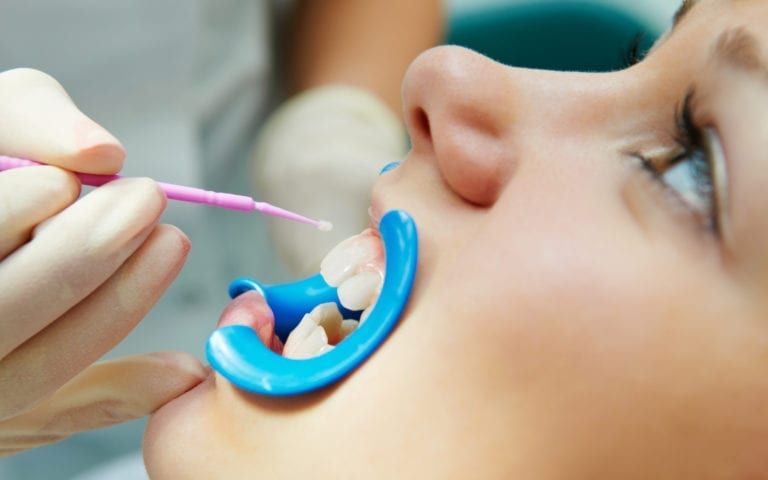5 Facts About Dental Sealants

Dental sealants are great preventative measures against cavities. Sealants, unlike fillers and bonding material, work to cover deep crevices in the teeth’ back molars. These deep crevices are highly susceptible to develop cavities because of how difficult those grooves are to clean. Many general and pediatric dentists recommend dental sealants as an optimal way to protect teeth from decay and cavities, and for those wondering if dental sealants can help, here are five facts that will surely convince you to get dental sealants for you or your children.
1. Sealants can last a long time
Sealants can last if properly cared for; the plastic material placed along the molar hardens into the grooves. Dental sealants instantly harden once applied to the surface and are highly durable against natural chewing habits. Sealants can protect the tooth from decay by acting as a barrier from any food particles or harmful bacteria and can last up to 10 years or more.
2. Saliva won’t dissolve the sealants
The nature of saliva is complex but does not contain any acids that will dissolve or remove the molar’s dental sealant. Saliva is made out of 99% water, with the other 1% making up the electrolytes, mucus, cells, and enzymes that moisten and soften food for digestion. Saliva can break down starches found in food; the sealant is hard enough that saliva’s effects won’t reach the sealant’s durability. Only through continuous use and lack of dental care that the sealant could eventually dissolve.
3. Sealants can help save money
Dental sealants are among the most highly recommended procedures by dentists because it acts as a preventative measure from tooth decay and cavities. When tooth decay and cavities form, the appropriate procedures’ costs can cost up to four times more than dental sealants. Dental sealants work as a preventative measure by being applied during the second permanent molar phase of a child’s life, and thus help prevent decay by covering the pits and grooves. Insurance companies also cover dental sealants because of the minimal amount of risk involved with the procedure.
4. Sealants are painless
Once the sealant is applied, the plastic material’s adhesive nature doesn’t require any anesthesia or special surgical tools to be installed. Dentists often recommend sealants not only for their ability to prevent cavities but because of the quick, easy steps involved in the procedure. The procedure reduces discomfort for children afraid of the dentist and gives them the ability to protect their teeth.
5. Sealants are safe
Dental sealants are made from BPA; although the long-term exposure to BPA can pose health risks, the amount of BPA in dental sealants is 50,000 times lower than the lethal dose of BPA. Even when BPA levels last three hours after a dental sealant procedure, sealants pose no health risks to those needing dental work.
For more information on dental sealants, contact Sunset Dental Group to schedule an appointment. Both Dr. Amanda Rae Kronquist and Dr. Zakary Adam Kronquist can provide high quality, compassionate dental care for patients and their families needing dental sealants and other dental care procedures in the Santa Ana, CA area.

Recent Comments